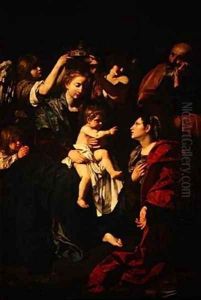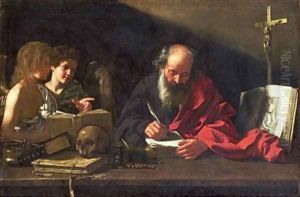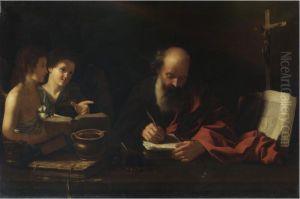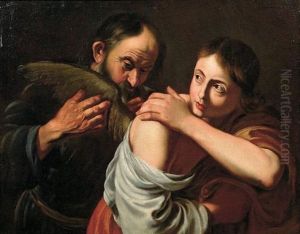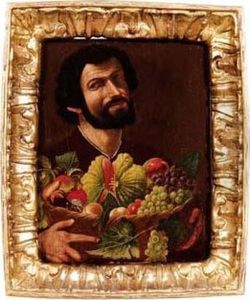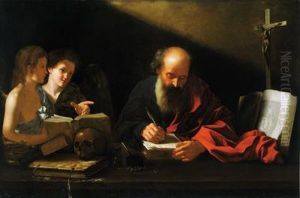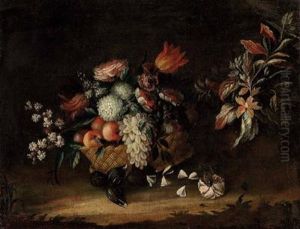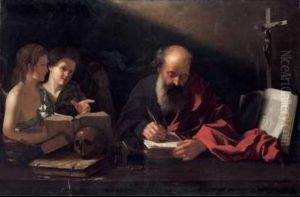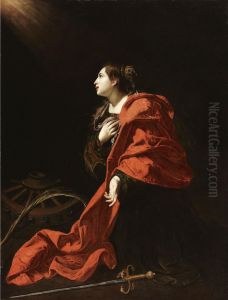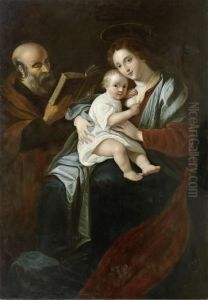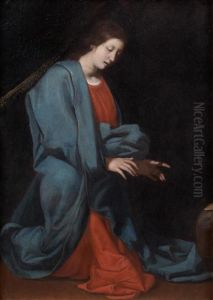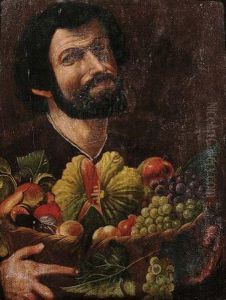Bartolomeo Cavarrozzi Paintings
Bartolomeo Cavarozzi was an Italian Baroque painter, known for his naturalistic style and his significant contribution to the genre of still life and religious painting. Born in 1590 in Viterbo, Italy, Cavarozzi's artistic journey began in the early 17th century, a period that saw a flourishing of Baroque art, characterized by dramatic expression, rich colors, and intense light and shadow contrasts.
Cavarozzi's early life is somewhat obscure, but it is believed that he moved to Rome as a young artist, where he was greatly influenced by the works of Caravaggio. Like Caravaggio, Cavarozzi was drawn to the use of chiaroscuro, a technique involving the bold use of light and shadow to achieve a sense of volume and depth in painting. This influence is evident in many of Cavarozzi's works, where he employed naturalistic details and a tenebrist style to create dramatic and emotionally engaging scenes.
During his career, Cavarozzi spent time in Spain, particularly in Saragossa and Madrid, where his work was well received. His stay in Spain was crucial for the spread of Caravaggism in Spanish art, as his paintings were among the earliest examples of the style seen in the country. Cavarozzi's ability to meld Caravaggist elements with his own unique approach made his works particularly appealing to Spanish patrons.
One of Cavarozzi's most significant contributions to art was his advancement of still life painting. He was among the first Italian artists to focus on this genre, bringing a level of detail and realism previously unseen. His still lifes are celebrated for their vivid detail, texture, and the subtle interplay of light and shadow, which added a lively quality to inanimate objects.
Cavarozzi's religious paintings also stand out, characterized by their emotional depth and the humanized portrayal of biblical figures. His works in this genre often depicted moments of vulnerability and grace, making them relatable and moving to viewers.
Tragically, Bartolomeo Cavarozzi's life and career were cut short when he died in 1625 at the young age of 35. Despite his brief career, Cavarozzi left a lasting legacy in the world of Baroque art. His mastery of naturalism and chiaroscuro, along with his contributions to the development of still life and religious painting, have secured his place as a significant figure in the history of Italian art.
